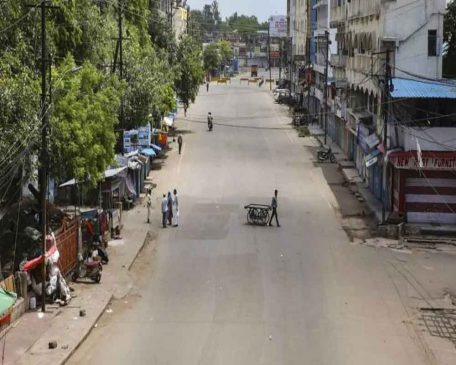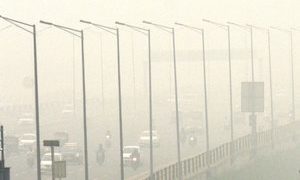Punjab government employees who do not take the first dose of COVID-19 vaccine for any reason other than medical will be compulsorily sent on leave after September 15.
New Delhi: The Punjab government on Friday (September 10) extended the COVID-19 curbs in the state till September 30 in view of the upcoming festival season.
Amid third COVID-19 wave threat, the Punjab government put a cap of 300 on all gatherings, including political. The government also directed officials to ensure strict compliance with COVID-19 protocols like wearing masks and maintaing social distancing.
The Punjab CMO also said that state government employees who do not take the first dose of COVID-19 vaccine for any reason other than medical will be compulsorily sent on leave after September 15. Chief Minister Amarinder Singh said the measure has been taken to protect the people from coronavirus infection and to ensure that those who are vaccinated do not have to pay the price for continued vaccine hesitancy of others.
Addressing a high-level virtual COVID-19 review meeting, the CM said “vaccine effectiveness is evident from the data being analysed”.
“Special efforts were taken to reach out to government employees, and those who continue to avoid getting vaccinated will now be asked to go on leave till they get the first dose,” Singh added.
Punjab logged 29 fresh coronavirus cases pushing the total caseload to 6,00,940, according to a bulletin on Thursday. With two more fatalities, the death toll reached 16,451. Mohali reported seven new cases, followed by four each in Barnala and Pathankot. The number of active cases in the state stands at 320.
Meanwhile, Indian Council of Medical Research (ICMR) has urged people to partake in low-key celebrations to prevent the spread of coronavirus. “Low key celebrations of festivals should be encouraged to avoid the spread. Responsible travel rather than revenge travel should be practised,” Director-General ICMR Dr Balram Bhargava said.
Earlier, the Centre had said that the country is in the grip of the second wave of the COVID-19 pandemic, which is yet not over.





































